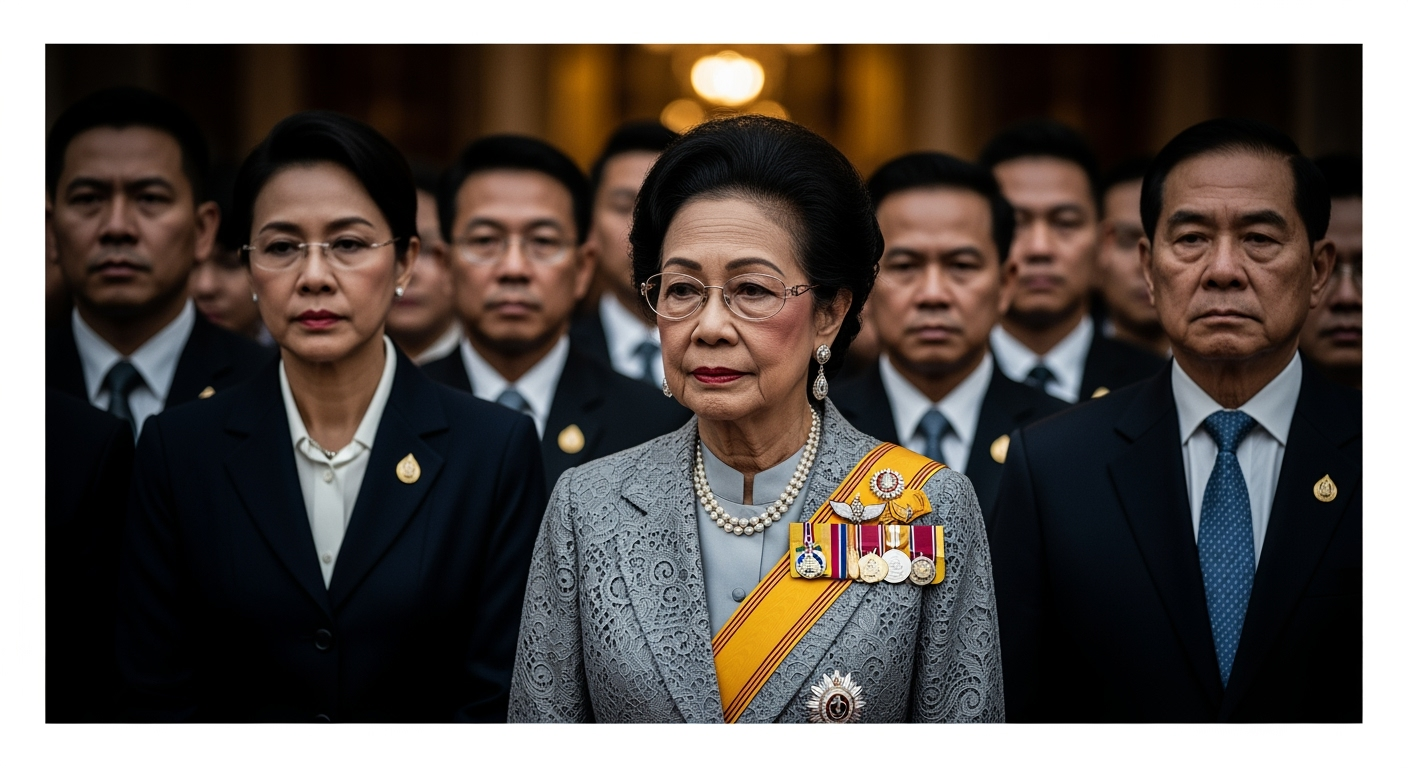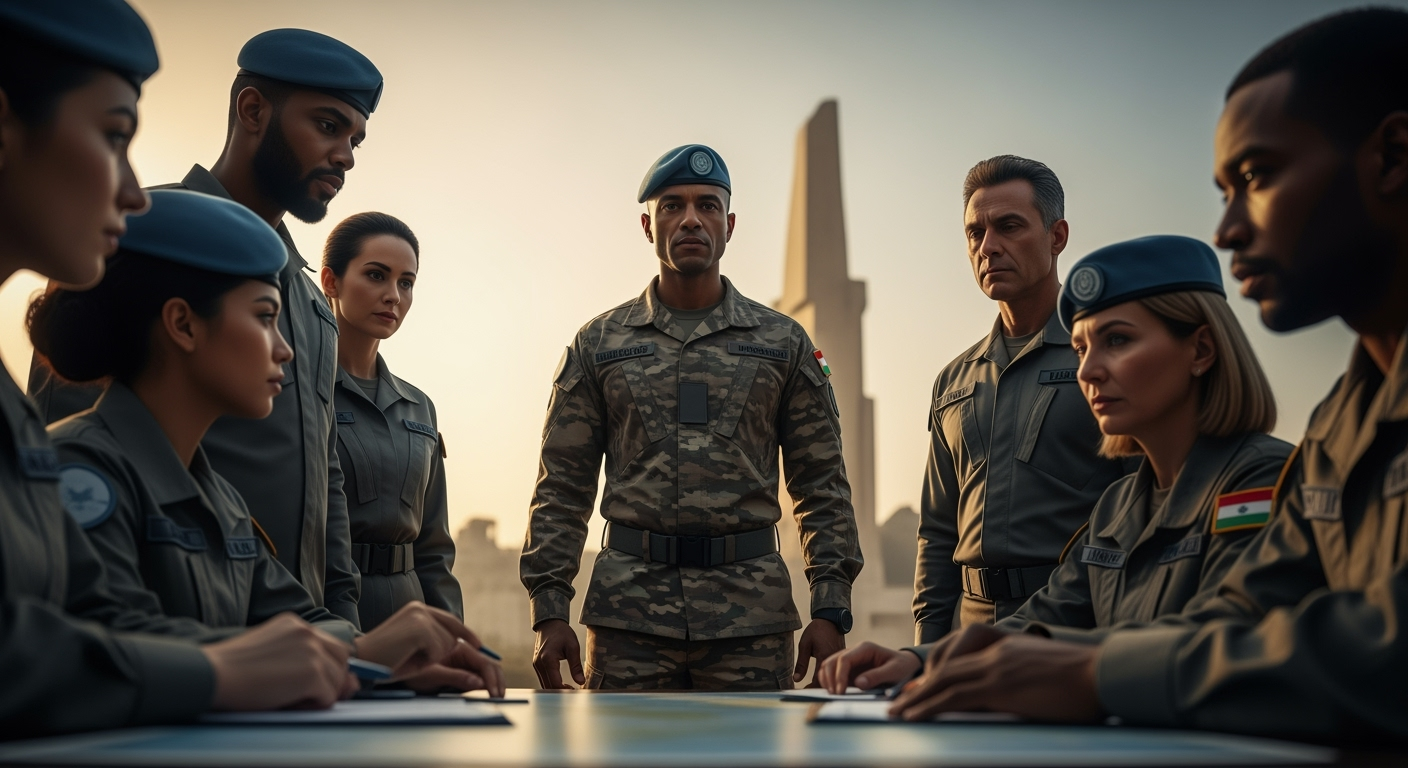Related Articles



The United States is spearheading an urgent diplomatic initiative to establish and deploy an international stabilization force in Gaza, a critical component of President Donald Trump's comprehensive 20-point peace plan aimed at securing a lasting ceasefire between Israel and Hamas. With the region grappling with a fragile truce and a dire humanitarian crisis, top U.S. officials are pressing for swift international cooperation to oversee security, facilitate reconstruction, and pave the way for a new governance structure in the war-torn enclave.
The push comes as the Gaza Strip remains devastated by a two-year conflict, ignited by Hamas's unprecedented attack on October 7, 2023. The proposed International Stabilization Force (ISF) is envisioned as a multinational security deployment designed to ensure the demilitarization of Gaza, support a transitional Palestinian authority, and enable a phased withdrawal of Israeli forces. However, significant political, logistical, and humanitarian hurdles challenge the rapid realization of this ambitious plan.
The concept of an international force in Gaza is not new, but the current U.S.-led proposal outlines a specific framework under President Trump's broader peace initiative. U.S. Secretary of State Marco Rubio, during a recent visit to Israel, emphasized the critical need for "the conditions for the stabilisation force to come in as soon as it possibly can be put together." He visited a U.S.-led coordination center in southern Israel, where approximately 200 U.S. troops are already working alongside international personnel from countries including Cyprus, Greece, France, Germany, Australia, and Canada, planning for Gaza's stabilization and reconstruction.
The ISF's primary mandate would involve maintaining law and order in areas vacated by the Israeli Defense Forces (IDF), overseeing the disarmament of Hamas, and preventing the re-emergence of armed groups. A crucial aspect of its role would be to secure Gaza's borders with Egypt and Israel, preventing arms smuggling and facilitating the unimpeded flow of humanitarian aid and goods for reconstruction. Beyond security, the force is expected to support a committee of 15 Palestinian technocrats tasked with governing Gaza and to train a vetted Palestinian police force. This transitional governance model aims to prevent a security vacuum and establish a civilian administration independent of Hamas's control.
U.S. officials are actively seeking support from Arab and international partners for troop contributions, with Egypt expected to play a leading role. Countries like Indonesia, the United Arab Emirates, Azerbaijan, and potentially Jordan and Qatar have expressed interest in participating. However, Israel's comfort with contributing nations is a key factor, with reports indicating a rejection of Turkish troops due to complex regional dynamics. The U.S. is exploring options for the force's authorization, including a United Nations mandate or an international agreement, acknowledging that many countries require formal international imprimatur to deploy troops. However, the Trump administration has indicated a preference for U.S. oversight rather than full UN control, potentially modeling the mandate after the international contingent deployed in Haiti.
Despite the diplomatic momentum, the deployment of an international force faces substantial challenges. A central tenet of the Trump plan, and a major sticking point, is the disarmament of Hamas. Hamas has reportedly expressed willingness to relinquish some offensive weapons but has not agreed to full disarmament, which Israel views as a precondition for its complete withdrawal. This discrepancy creates a significant obstacle to establishing a truly secure and demilitarized Gaza.
The fragility of the current ceasefire further complicates efforts. While fighting has subsided since the October 10 agreement, the humanitarian situation remains desperate, with thousands needing urgent medical evacuation and aid deliveries struggling to meet demand. The slow pace of humanitarian assistance, combined with intermittent violations of the ceasefire, underscores the precariousness of the situation on the ground.
Political complexities extend to the potential composition and legitimacy of the force. Some regional actors and Palestinian factions express skepticism, viewing international forces as potentially undermining Palestinian sovereignty or protecting Israeli interests. An Israeli defense official, for instance, voiced concern about the historical neutrality and peacekeeping records of some potential contributing nations, and the prospect of an Israeli pullout without full Hamas compliance. There is also a strong push from Egypt to ensure any international force operates with clear international legitimacy and immunity, akin to past UN peacekeeping missions.
Beyond security, the international force is inextricably linked to the massive undertaking of humanitarian aid and reconstruction. The war has left Gaza in ruins, with an estimated rebuilding cost exceeding $67 billion. The U.S. is also examining proposals for creating humanitarian centers within Gaza to facilitate aid distribution, potentially replacing existing mechanisms and coordinating with the U.S. military.
However, the U.S. stance on certain international bodies introduces further complexities. Secretary Rubio has explicitly stated there would be "no role for the U.N. aid agency in Gaza, known as UNRWA," accusing it of having "become a subsidiary of Hamas." This position contrasts with the International Court of Justice's ruling that Israel must allow UNRWA to provide humanitarian assistance. Such disagreements over aid distribution mechanisms could hinder effective humanitarian response and complicate international cooperation.
The ultimate success of the international force hinges on its ability to create a stable environment conducive to a functional Palestinian governance. The Trump plan envisions a "technocratic, apolitical Palestinian committee" to manage daily public services, but details on the selection and authority of this body remain largely undefined. The path to sustainable peace and governance in Gaza is fraught with historical tensions, conflicting interests, and the profound human impact of prolonged conflict. The rapid deployment of a robust and legitimate international force is seen by the U.S. as a vital first step, but one that requires unprecedented levels of coordination and commitment from all stakeholders to navigate the complex realities on the ground.